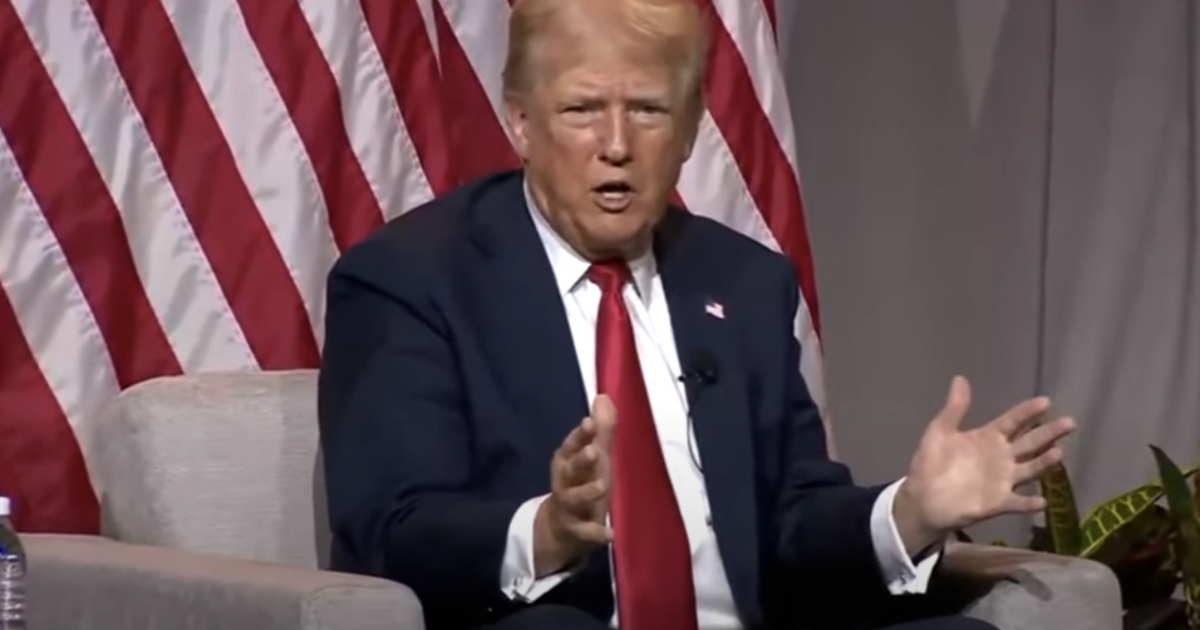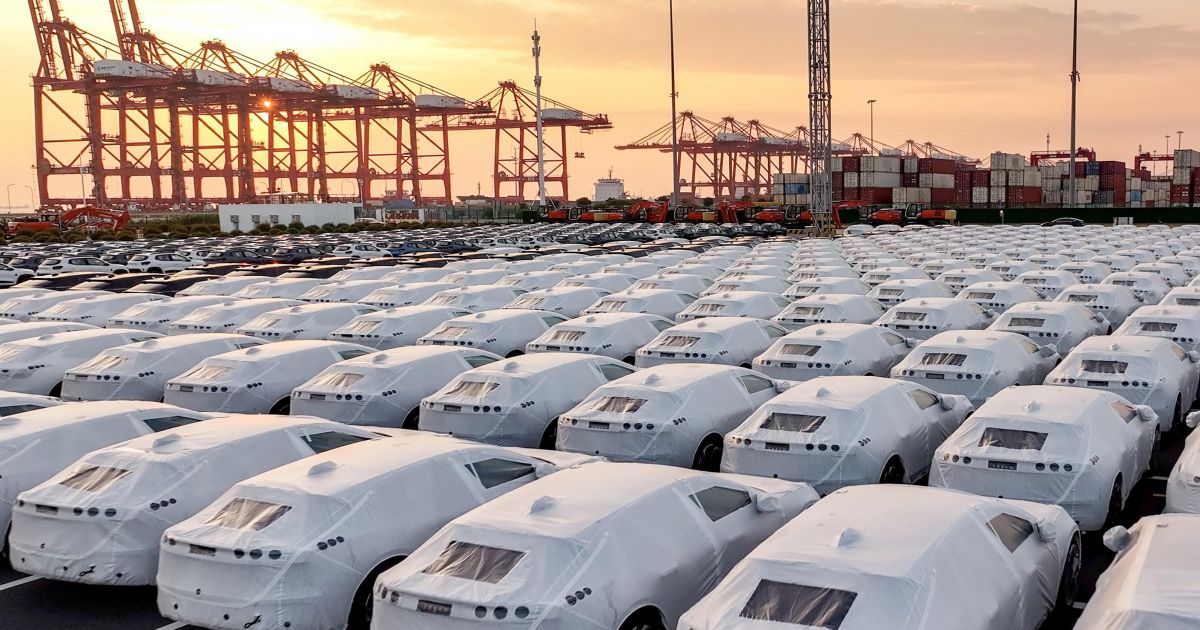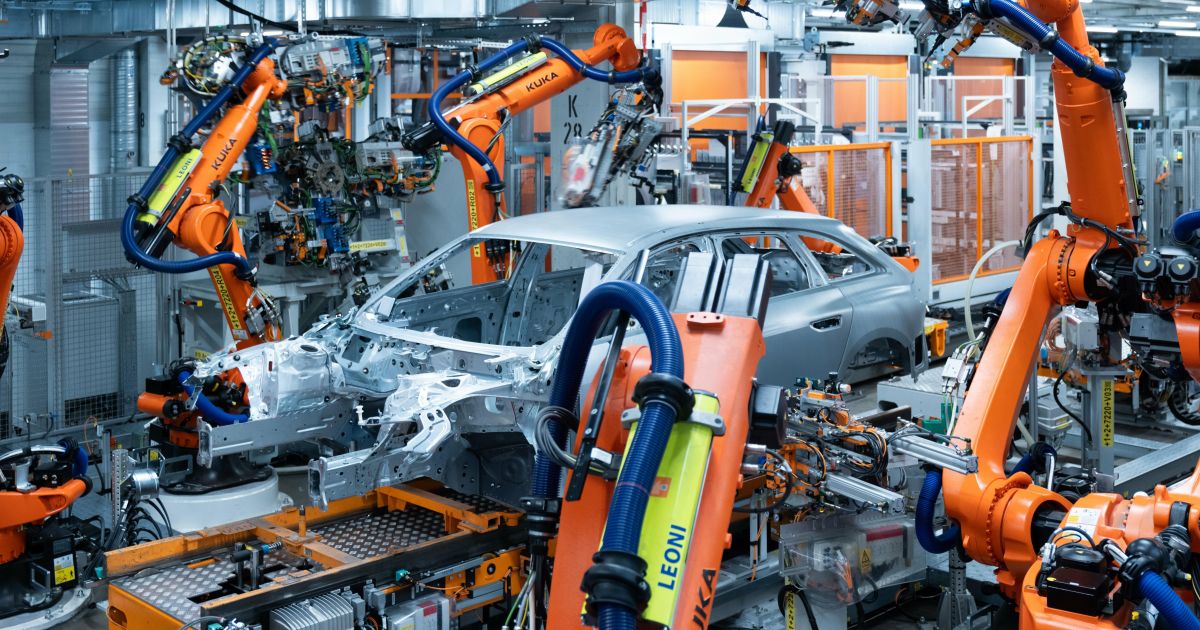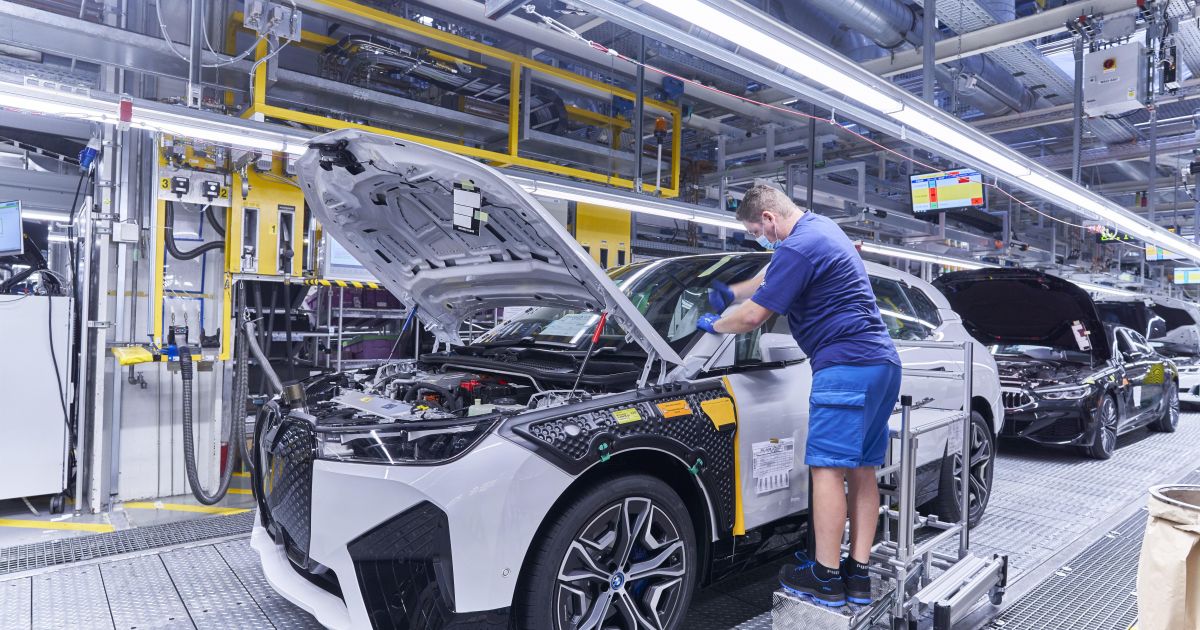US President Donald Trump’s plan to implement reciprocal tariffs of at least 10 per cent on the country’s trading partners in order to bolster North American manufacturing and raise federal revenue has raised the ire of Australian economists, but will have little direct impact on the local economy or its car market, at least for now.
Speaking from the White House Rose Garden yesterday (April 2), President Trump stated these tariffs would vary based on the levies and trade barriers each country applies against the US.
“We will supercharge our domestic industrial base, we will pry open foreign markets and break down foreign trade barriers,” President Trump said. “Ultimately, more production at home will mean stronger competition and lower prices for consumers.”
Although the automotive industry was frequently referenced by President Trump, he clarified that autos would not be included in the reciprocal tariff scheme.
Hundreds of new car deals are available through CarExpert right now. Get the experts on your side and score a great deal. Browse now.
Instead, vehicles will continue to be subject to the previously announced 25 per cent tariffs on imported vehicles beginning April 3, with major components like engines and transmissions facing similar tariffs starting May 3.
Steel and aluminium imports already carry a 25 per cent duty and will remain unaffected by the latest reciprocal tariff
Despite the exclusion of vehicles and auto components from the new reciprocal tariffs, analysts remain cautious. Bernstein Research highlighted ongoing concerns in a note to investors: “While the sector may feel it just dodged a bullet, we remain concerned that vehicle and parts tariffs are here to stay and will add a substantial cost burden to the sector.”
Countries that are part of the United States-Mexico-Canada Agreement (USMCA) remain exempt from these reciprocal duties, although any non-USMCA-compliant goods from Canada and Mexico would incur a 12 per cent duty should tariffs be lifted in the future.
Chinese imports will face an additional 34 per cent tariff on top of the existing 20 per cent duty.
According to Trump, tariff rates were determined by assessing each nation’s combined total tariffs, non-tariff barriers, and other trade practices the administration has deemed unfair. The US will reciprocate roughly half of those assessed costs.
“We will charge them approximately half of what they are and have been charging us, so the tariffs will be not a full reciprocal,” President Trump explained. “I could have done that, yes, but it would have been tough for a lot of countries.”
This latest tariff announcement is expected to disrupt the automotive supply chain significantly. Volkswagen of America has already reacted by halting rail shipments of Mexican-built vehicles into the US, planning to incorporate additional import fees onto window sticker destination charges, according to dealer communications obtained by Automotive News.
Analysts and executives warn that such extensive tariffs will severely impact manufacturers, increase vehicle prices dramatically, and potentially result in substantial production cuts.
In 2024 alone, the US imported automotive products worth US$474 billion (A$714 billion), including passenger cars valued at US$220 billion (A$331 billion). The largest suppliers were Mexico, Japan, South Korea, Canada, and Germany.
Industry expert Michael Robinet, vice president of forecast strategy at S&P Global Mobility, highlighted the challenges ahead: “There are so many tariffs that suppliers are left sort of guessing what the total tariff will be when they get to the border. It adds to the instability of the whole situation.”
President Trump believes these tariffs could significantly benefit American manufacturing and federal revenue, asserting it would lead to vehicles being predominantly “made in one location.”
However, market analysts including Anderson Economic Group estimate steep price rises for consumers. Lower-cost vehicles like the Honda Civic, Chevrolet Malibu, and Ford Explorer could see increases between US$2500 and $4500 (A$3760-$6770).
The prices of mid-size pickups and SUVs from brands such as Jeep, Ram, and Toyota may increase by US$5000 to US$8500 (AUD $7530-$12,800).
Luxury vehicles and full-size SUVs, including the Cadillac Escalade and BMW X5, might see price hikes between US$10,000 and US$12,000 (A$15,060-$18,070), with European luxury vehicles potentially rising by as much as US$20,000 (A$30,120).
“If allowed to stay in place long term, tariffs will make vehicles of all brands more expensive, impacting sales, jobs and family budgets,” warned Cody Lusk, CEO of the American International Automobile Dealers Association.
Bank of America analyst John Murphy predicted new-vehicle sales could drop by about 20 per cent if all tariff costs are passed to consumers, highlighting affordability challenges facing car buyers.
UAW President Shawn Fain supports the tariffs, arguing automakers can afford to boost American manufacturing without passing costs onto consumers. He believes filling underutilised US plants could quickly bring back thousands of American jobs.
Yet supplier relocation appears challenging, given significant labour cost differences and limited workforce availability in small- and medium-sized North American suppliers, already impacted by pandemic disruptions, chip shortages, and inflation, could face severe financial strain.
“I’m very worried about supplier financial health,” admitted an unnamed executive from a major supplier to AN. “If we’re a big company that’s struggling, I can only imagine how difficult this is for smaller suppliers.”
Local financial experts have warned that potential impact from the tariffs in China could have flow-on impacts on Australia, which extends to a car industry that comprises an increasing number of Chinese auto brands.
“The direct impact of Trump’s tariffs on Australia’s economy will probably be minimal. However, the indirect effects could be more significant – particularly if Australia chooses to engage in a tit-for-tat trade war, which would ultimately dampen global economic growth,” said Professor Robert Brooks, Professor of Econometrics and Business Statistics, Monash Business School.
“What happens to growth in China will be critical. Any slowdown there, particularly as a result of escalating trade tensions, could have ripple effects for the Australian economy.
“Even though we’ve been called ‘wonderful people,’ Australia’s beef exports are facing tariffs as a result of a biosecurity measure. Regardless, our beef industry will need to look for alternative markets to stay viable.
“I do see the government is preparing to offer financial support, but this is really about more than subsidies. The key will be opening up new market access and negotiating better trade routes for our agribusinesses.”







